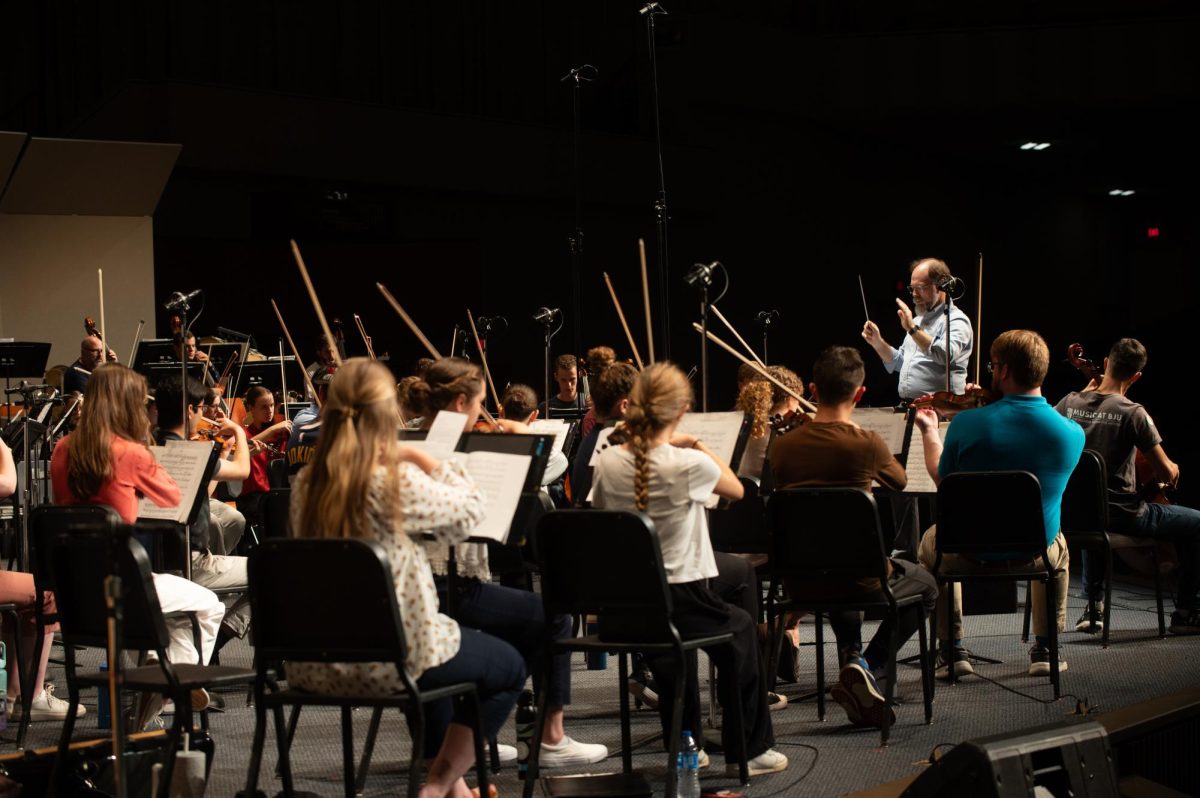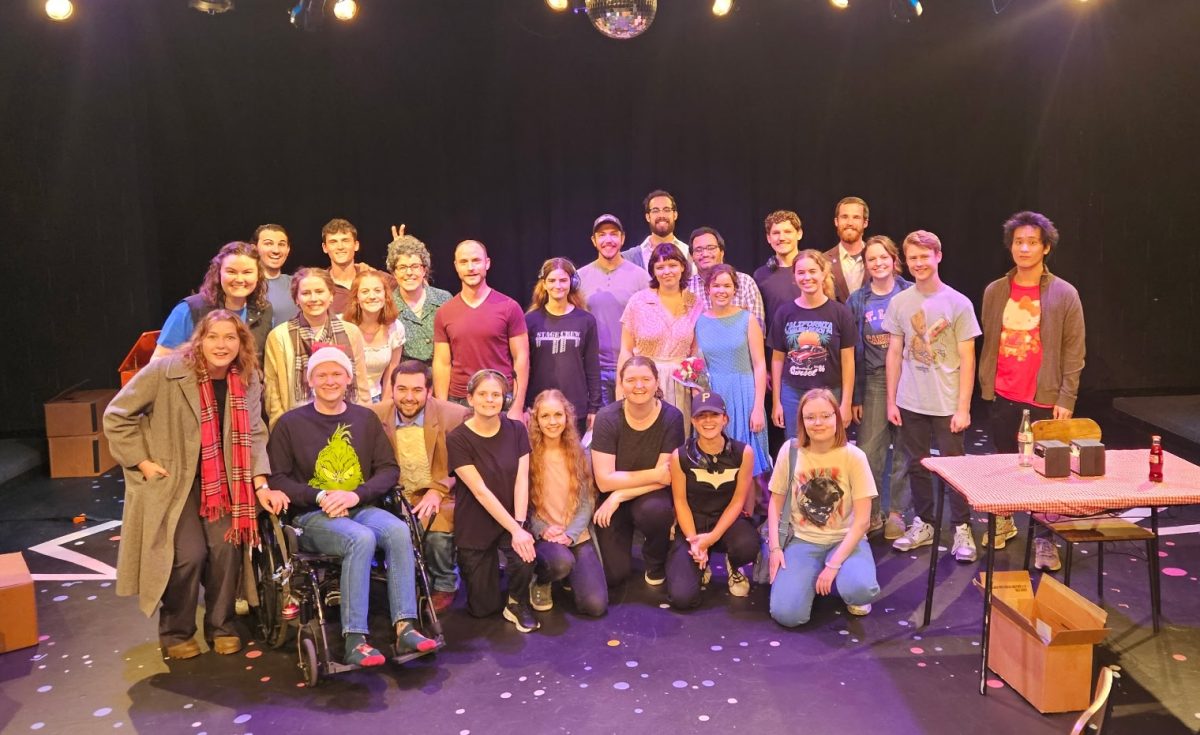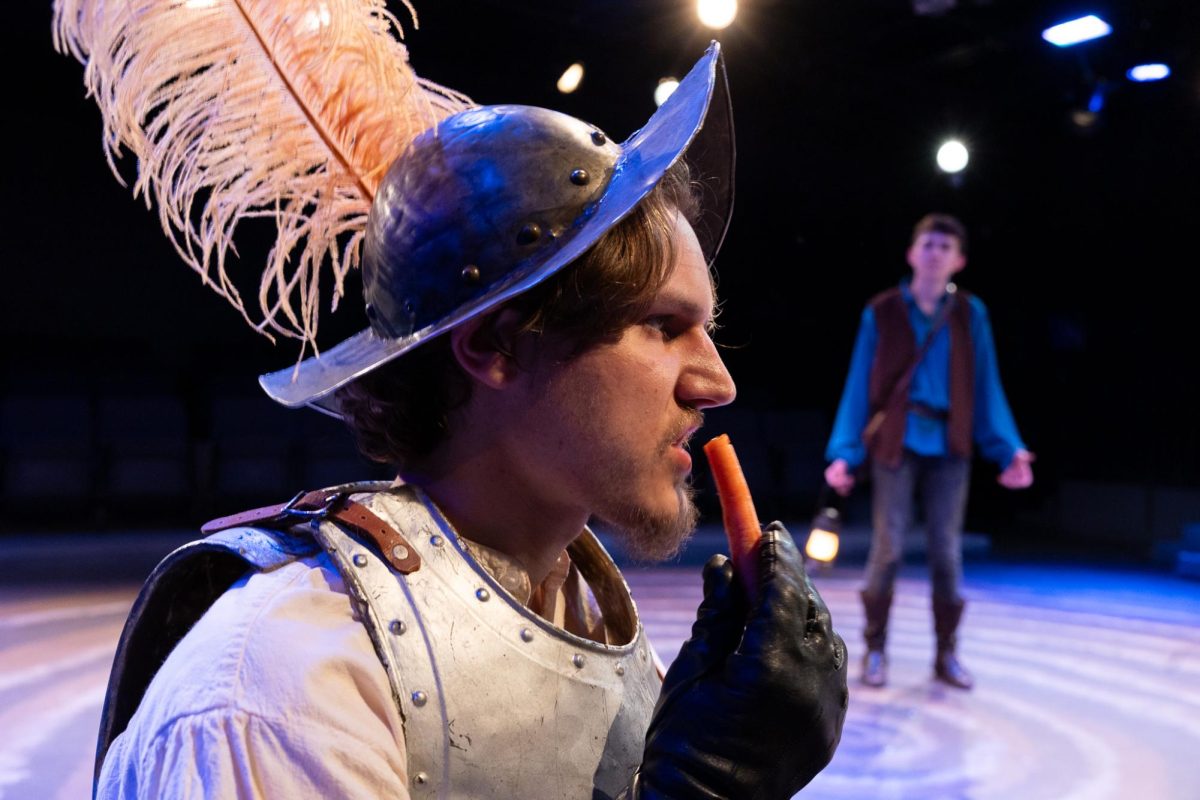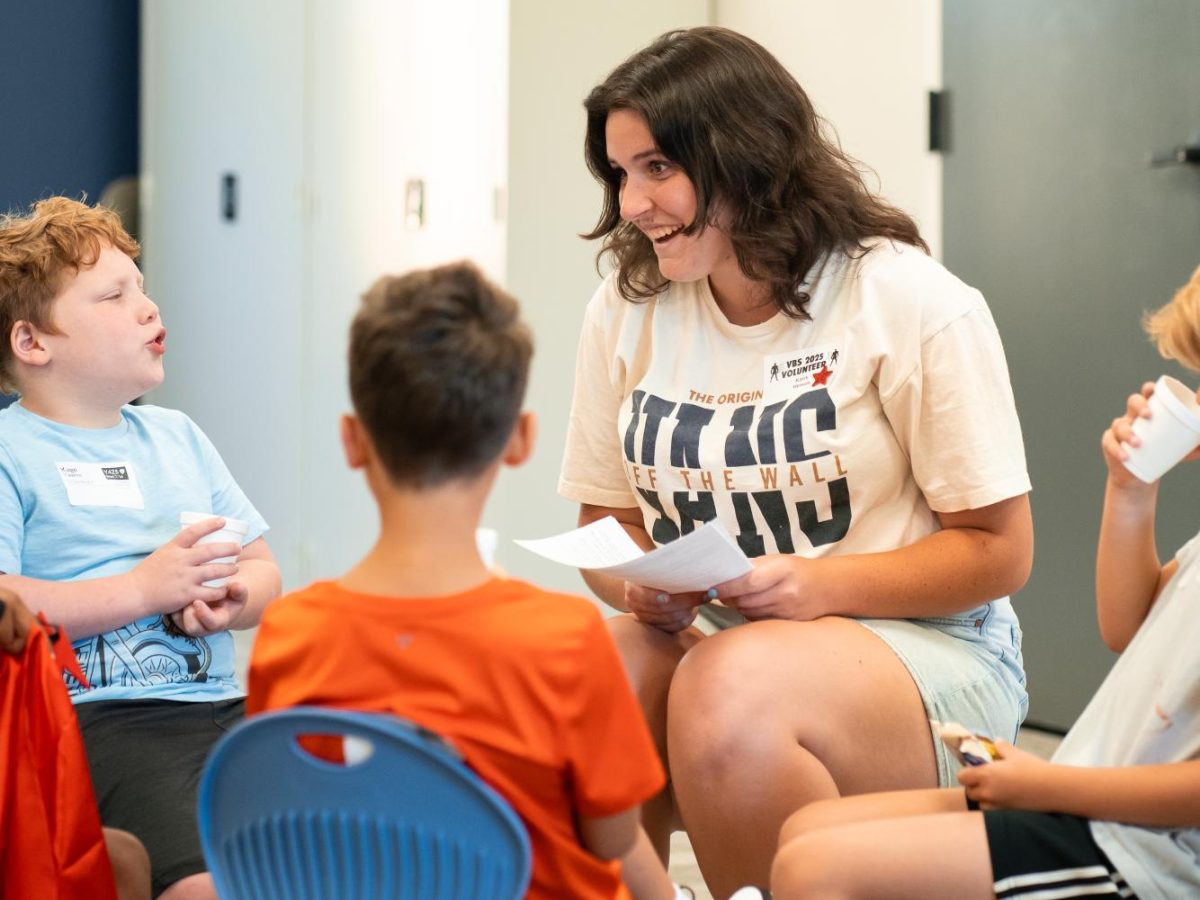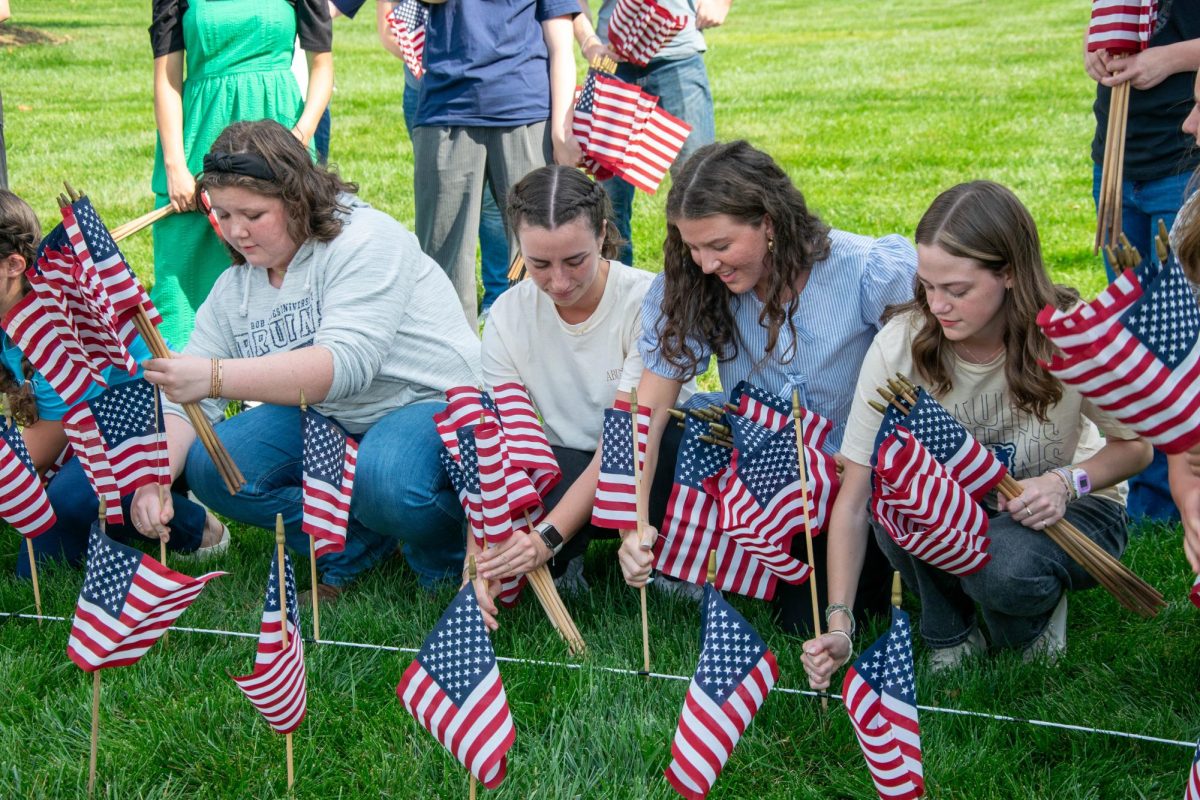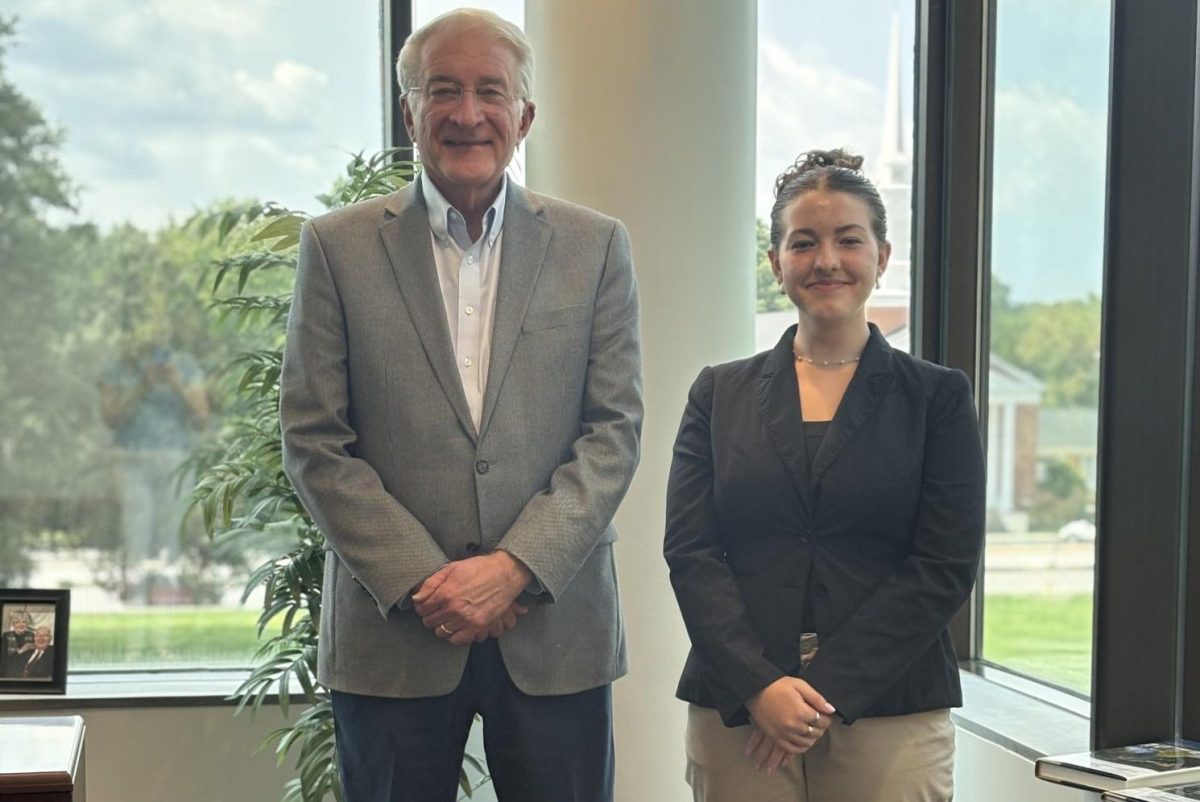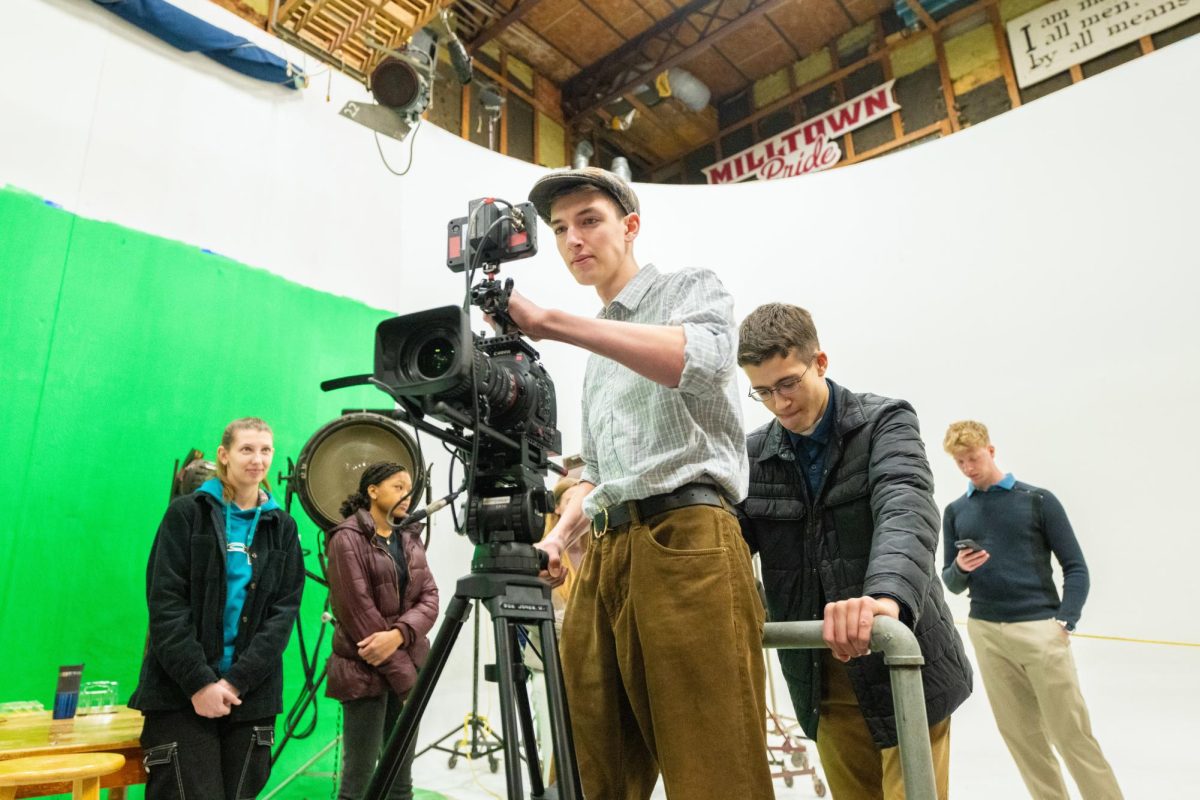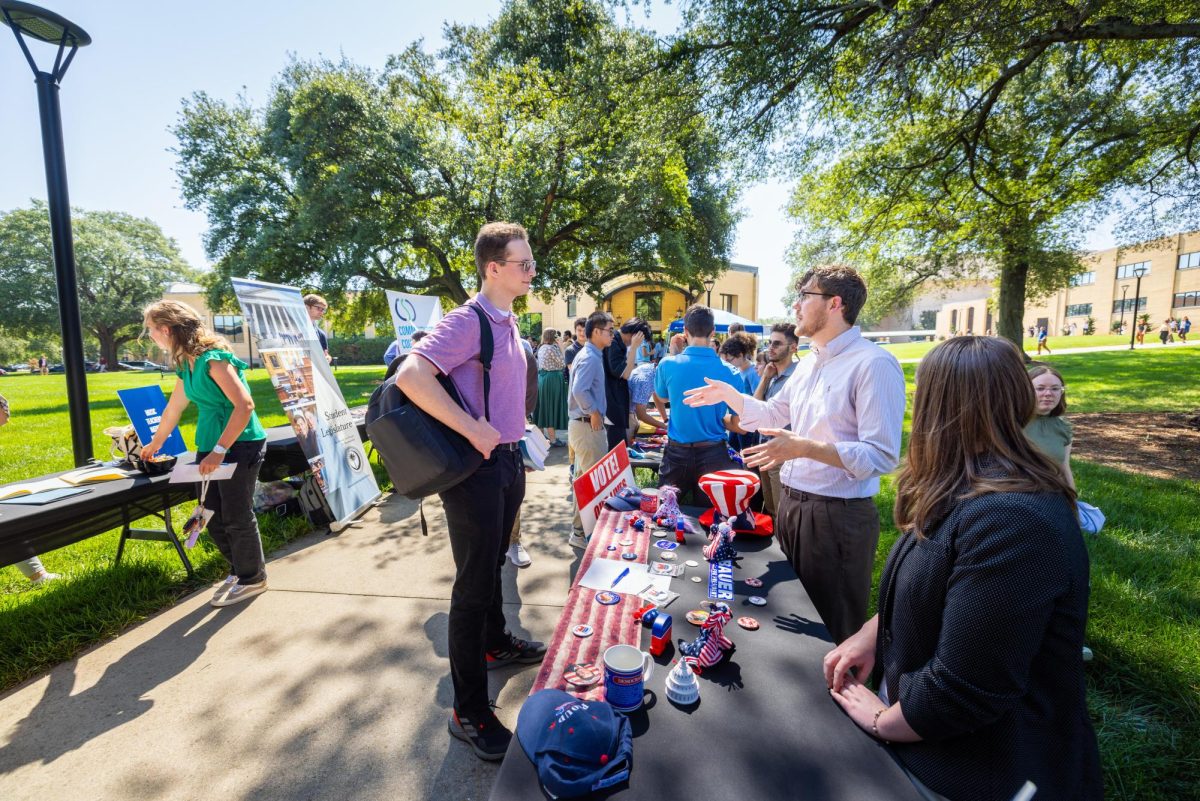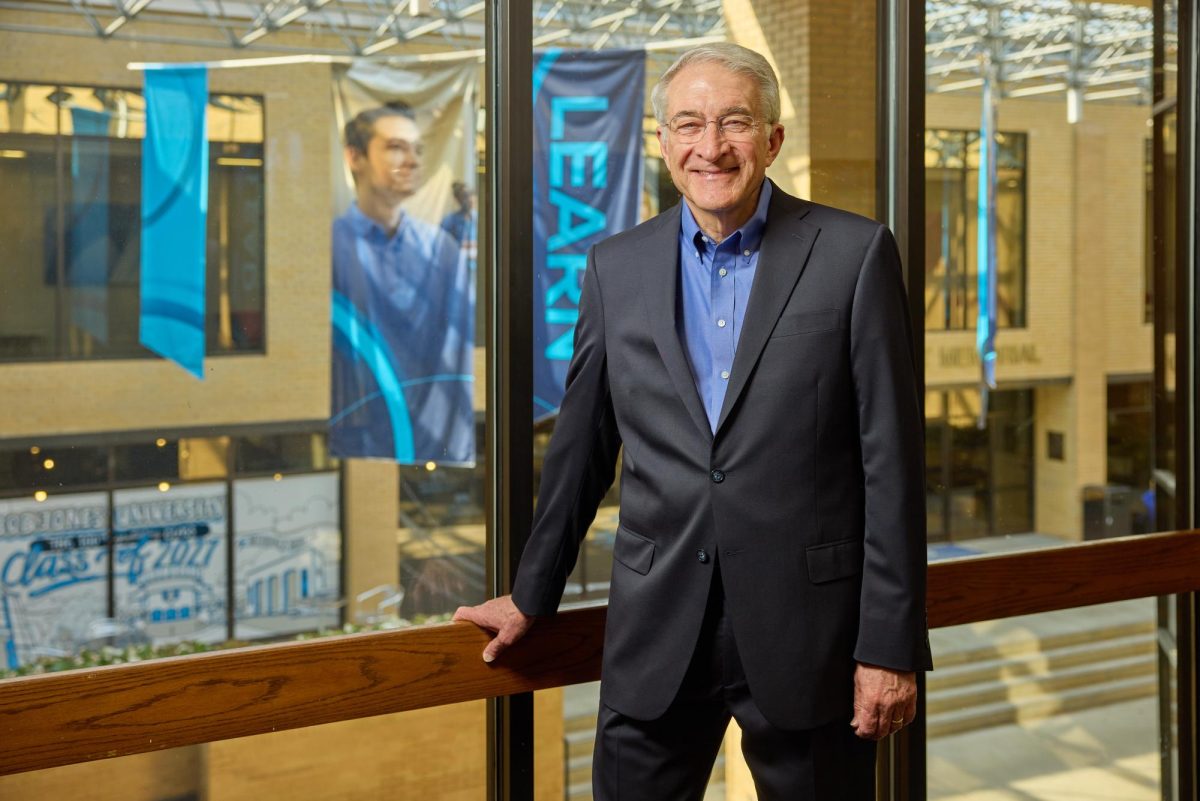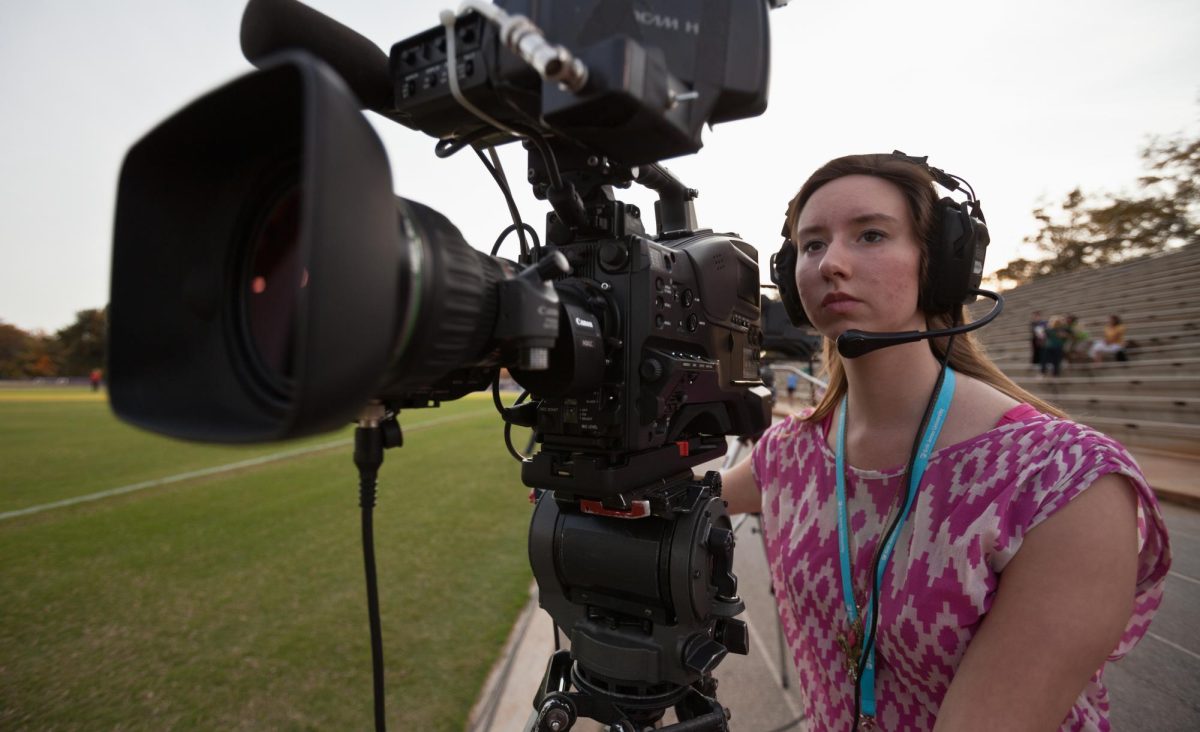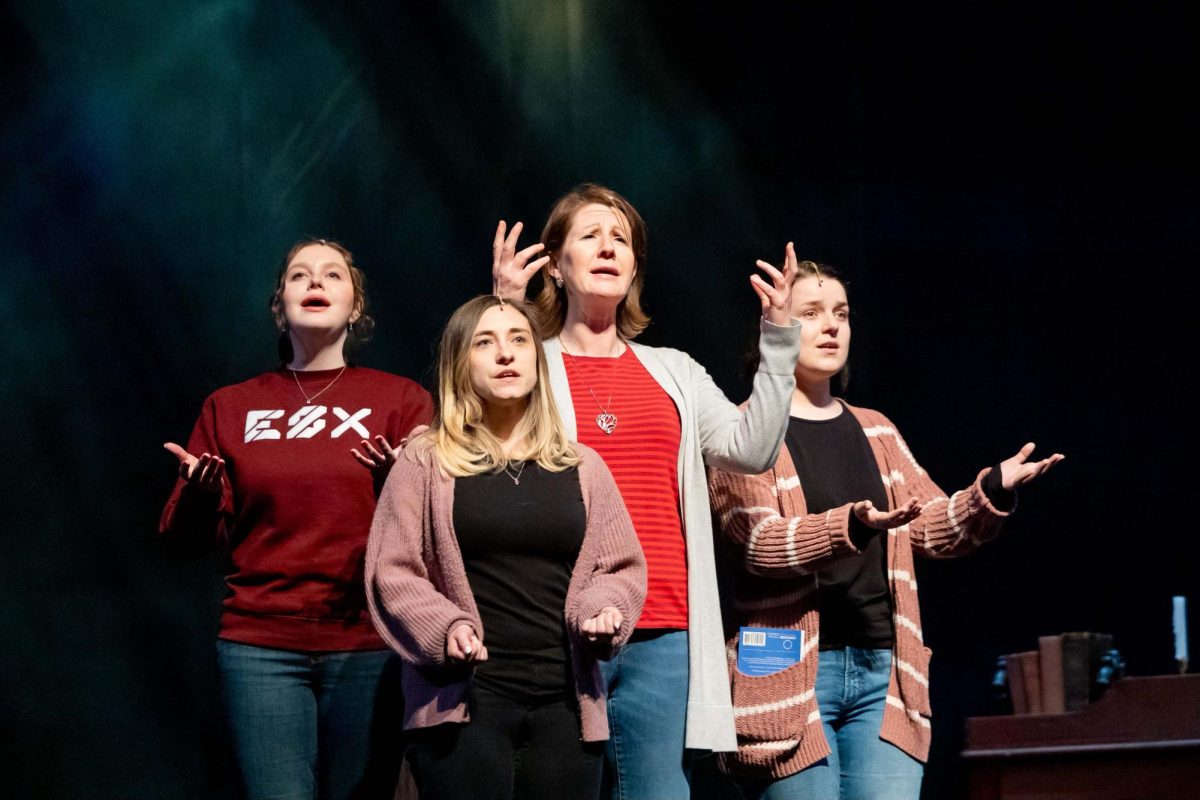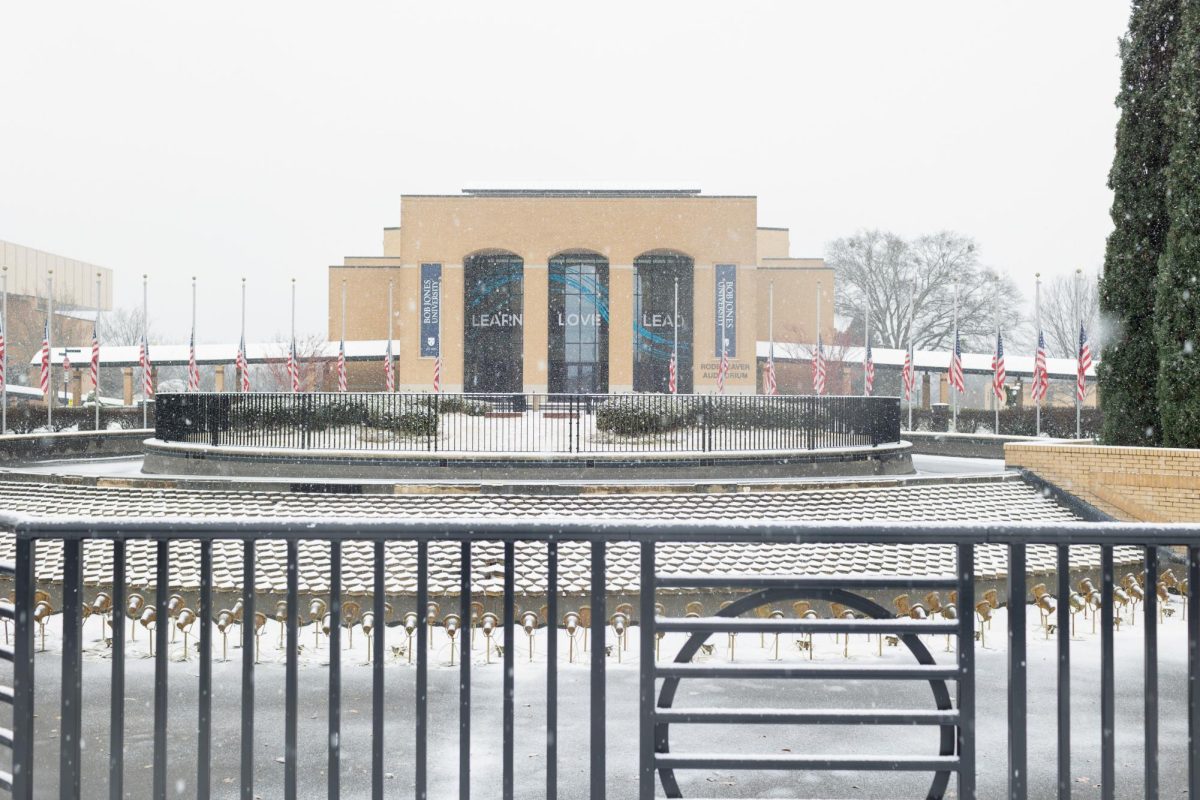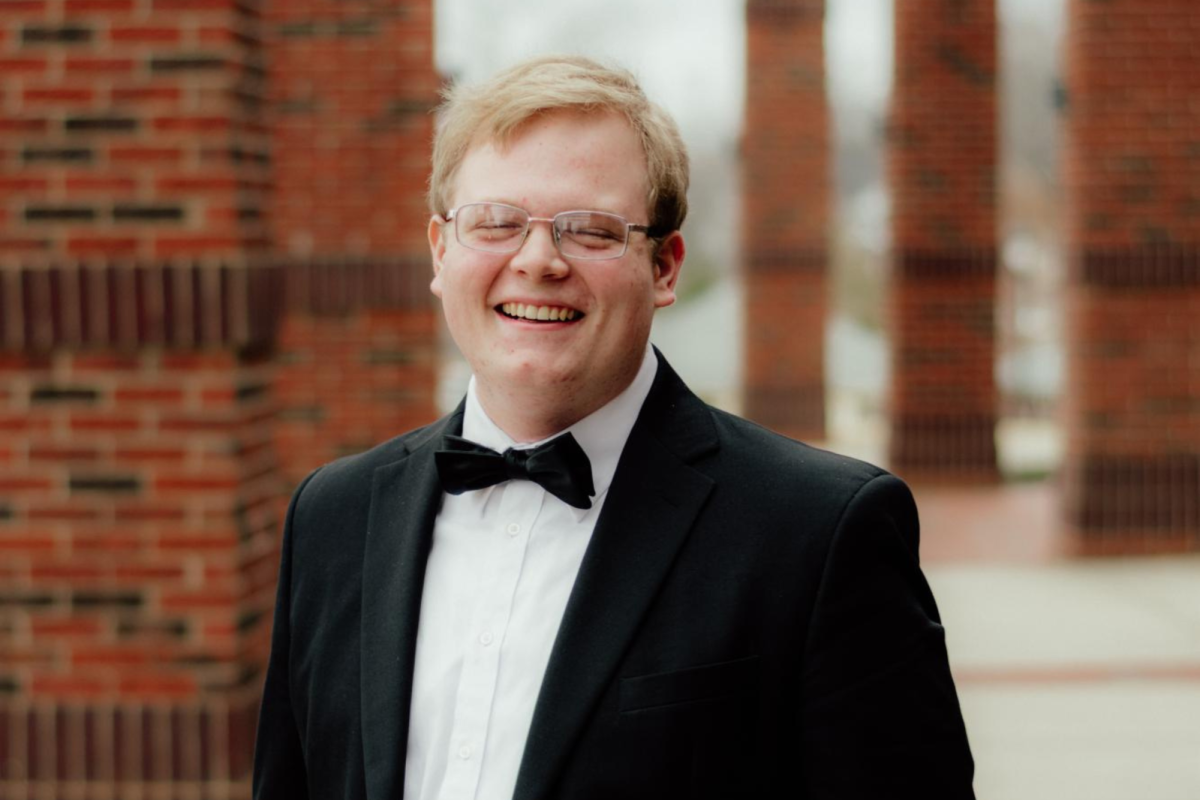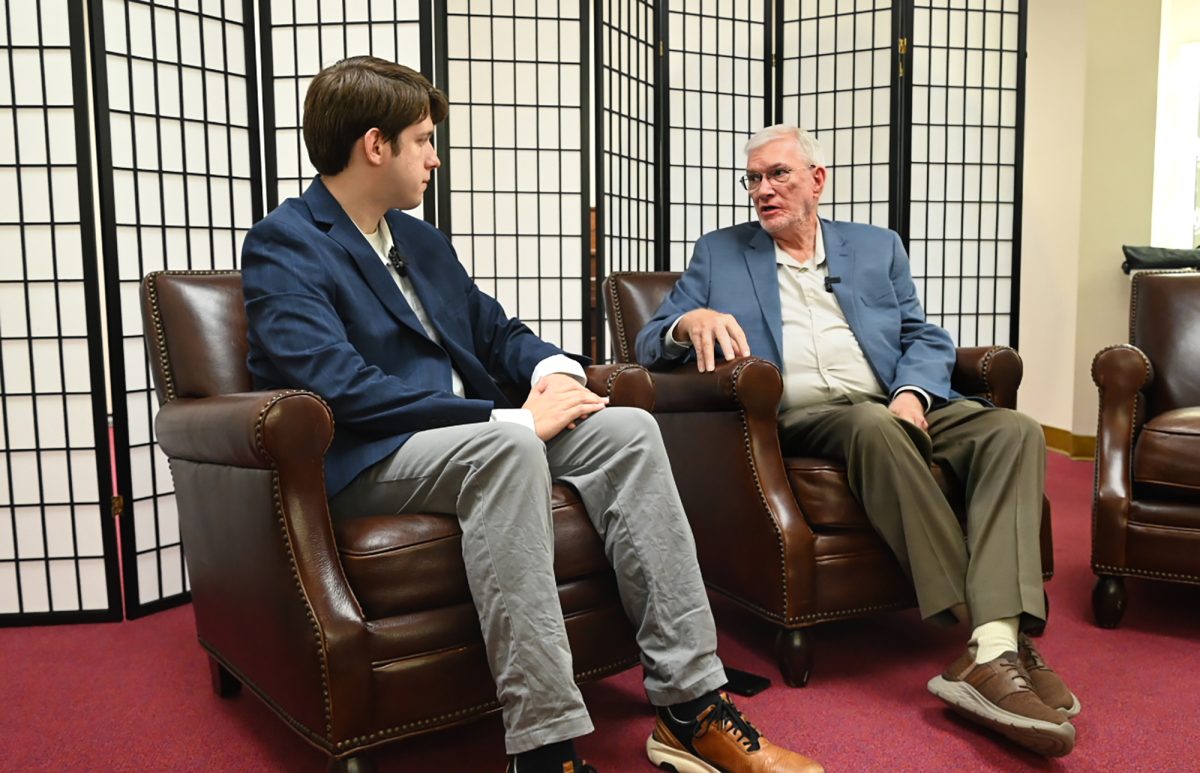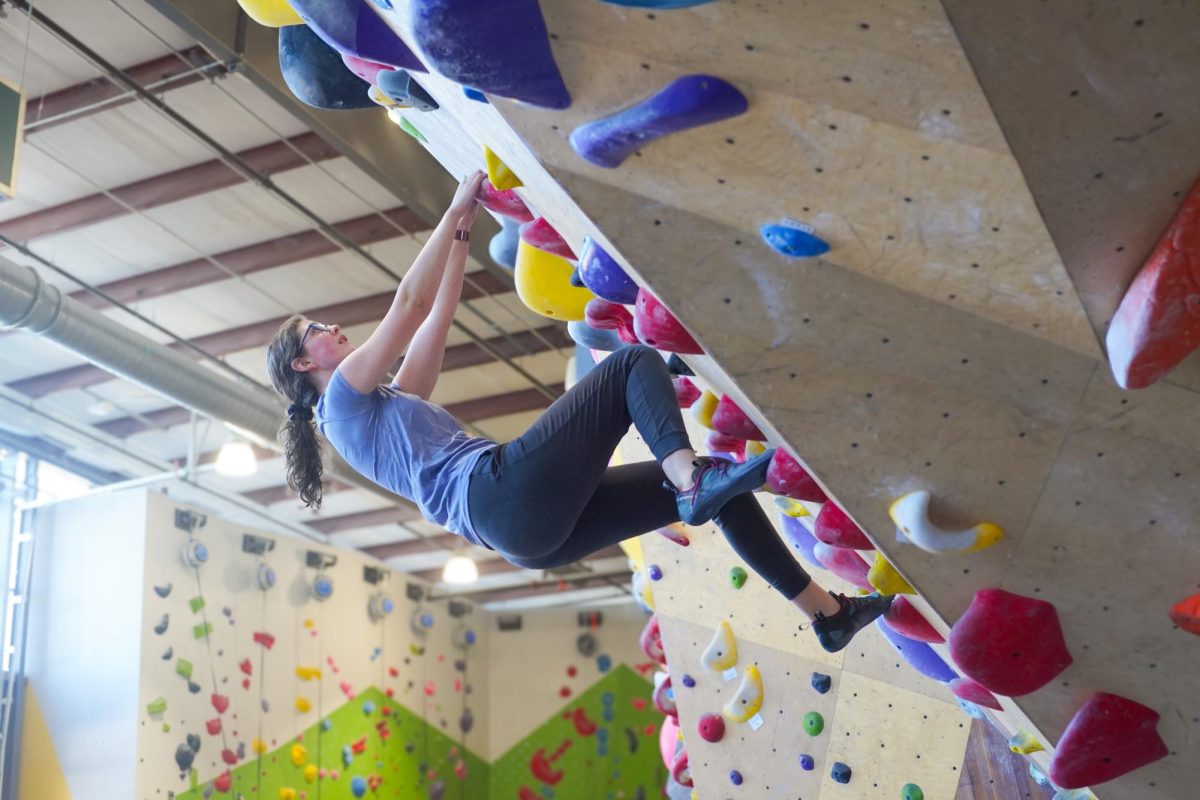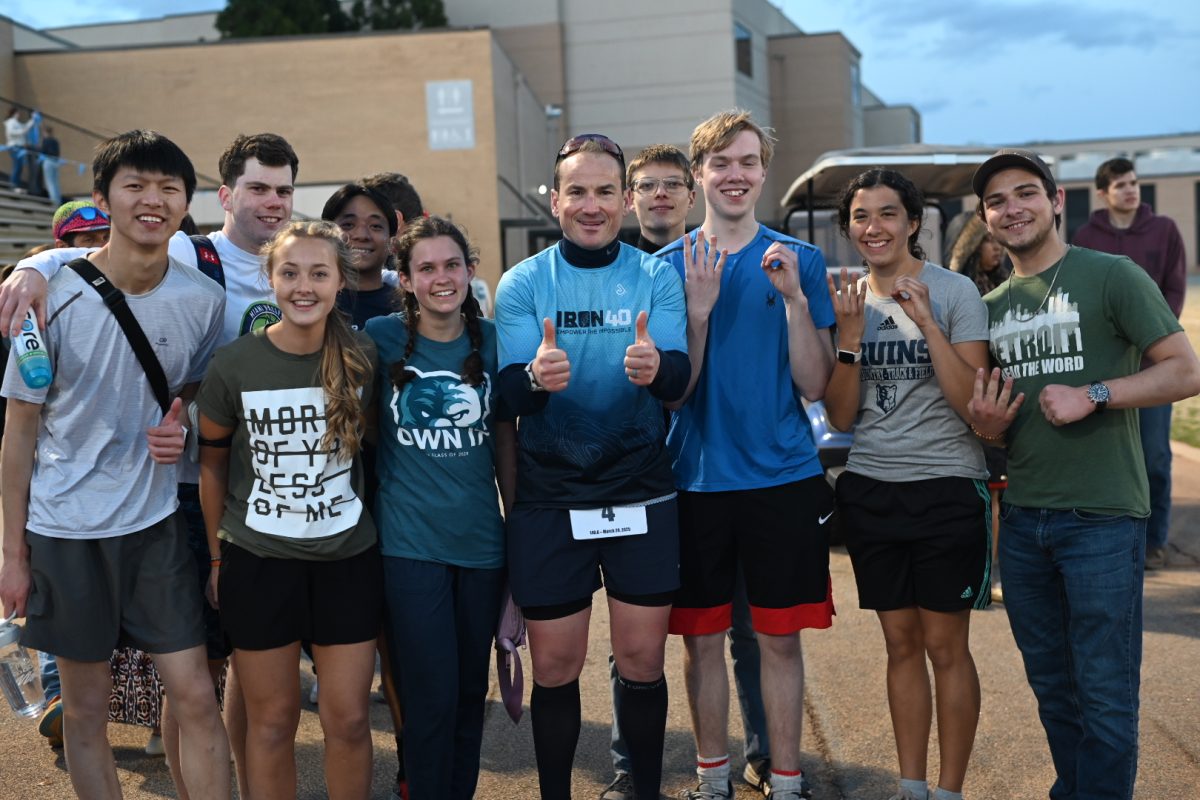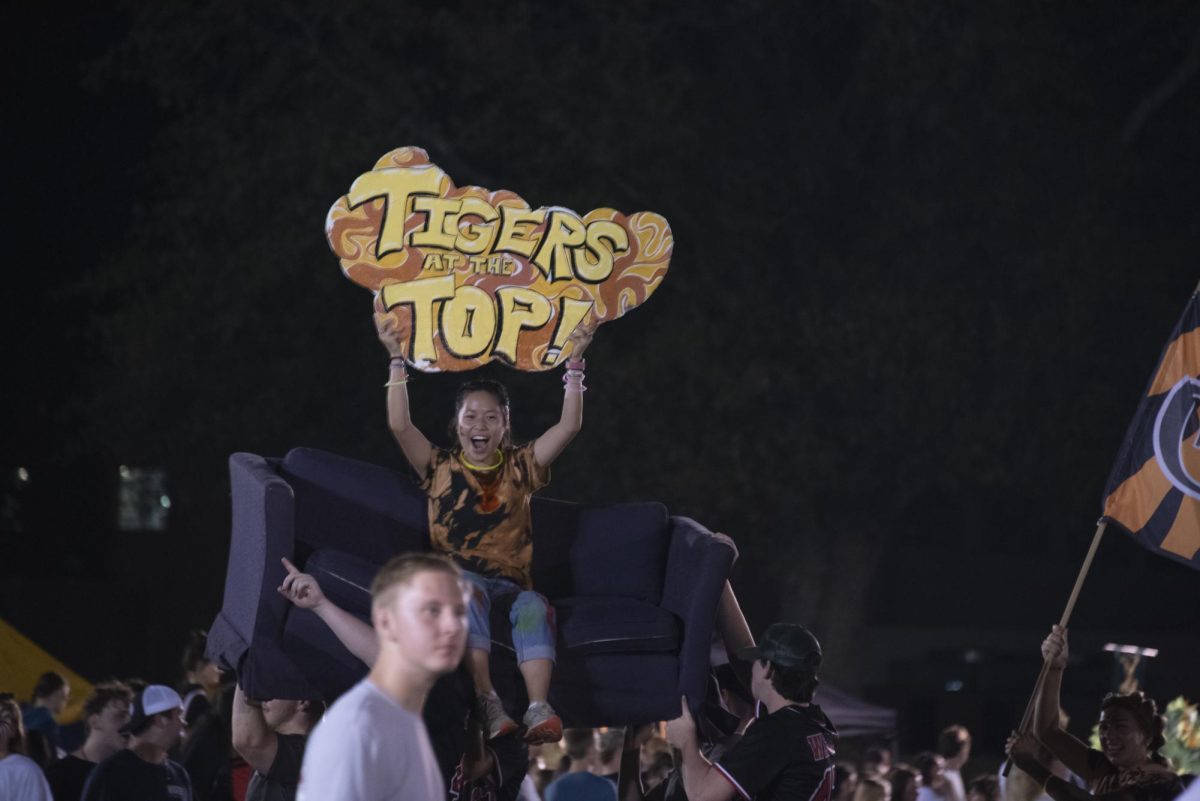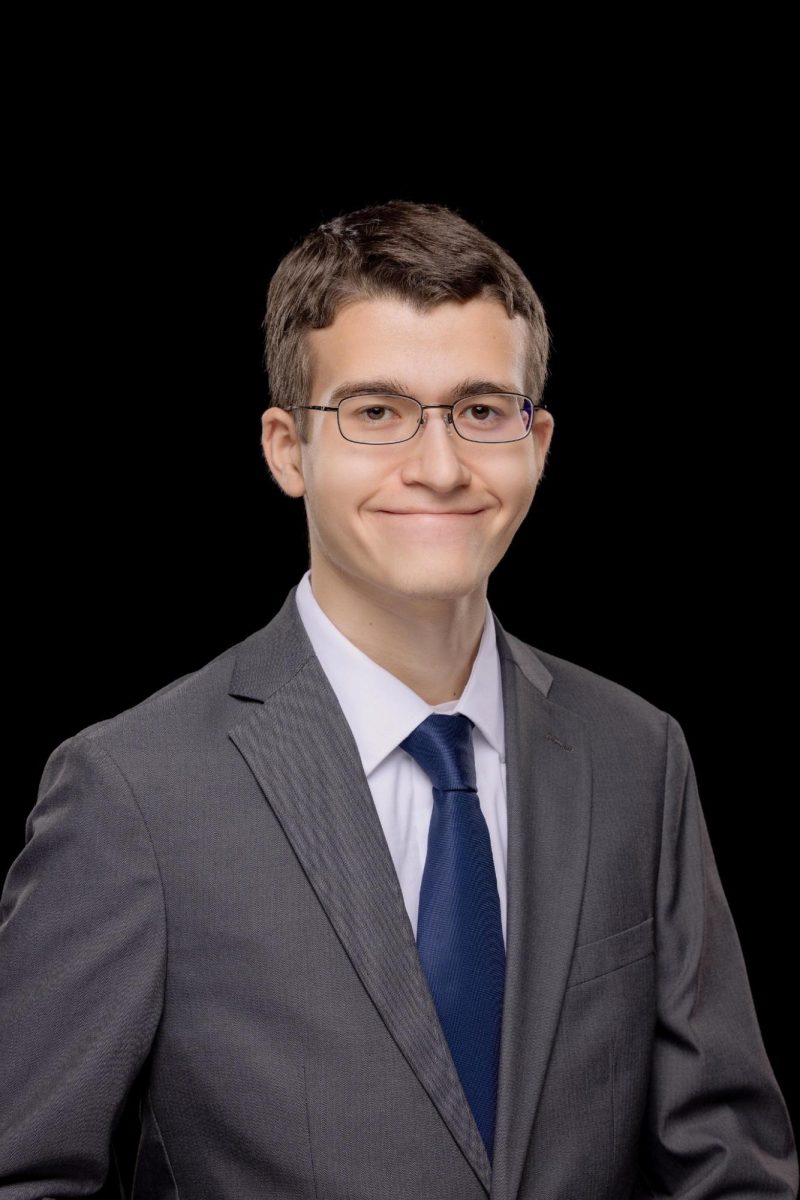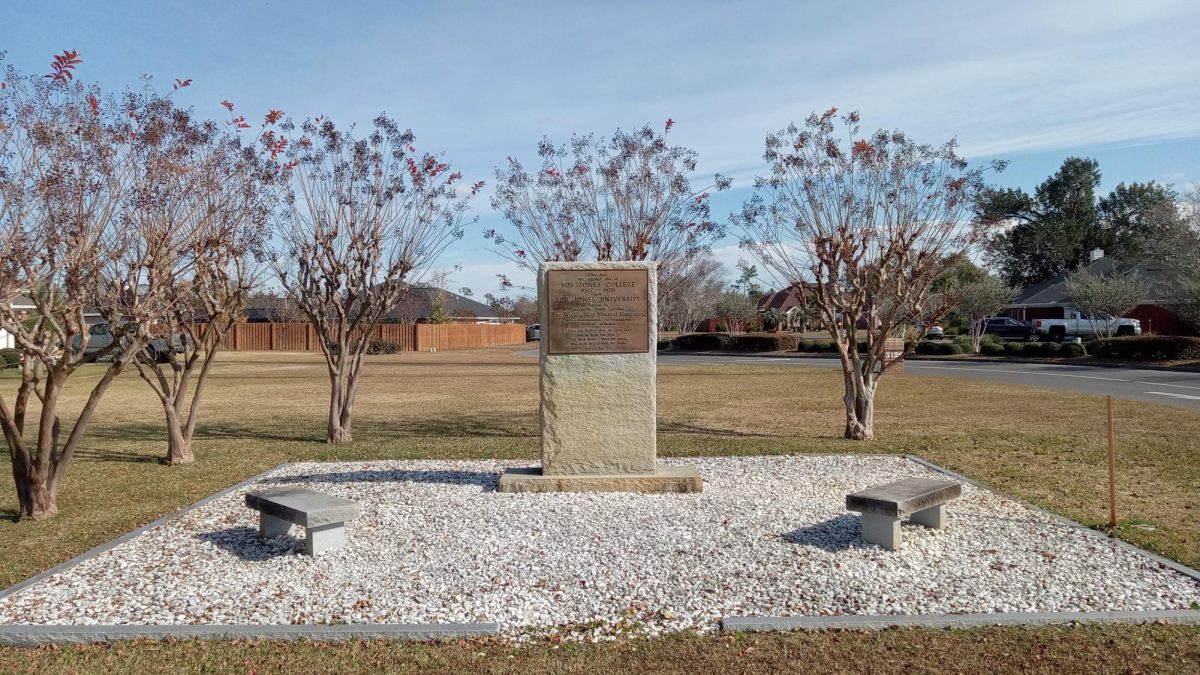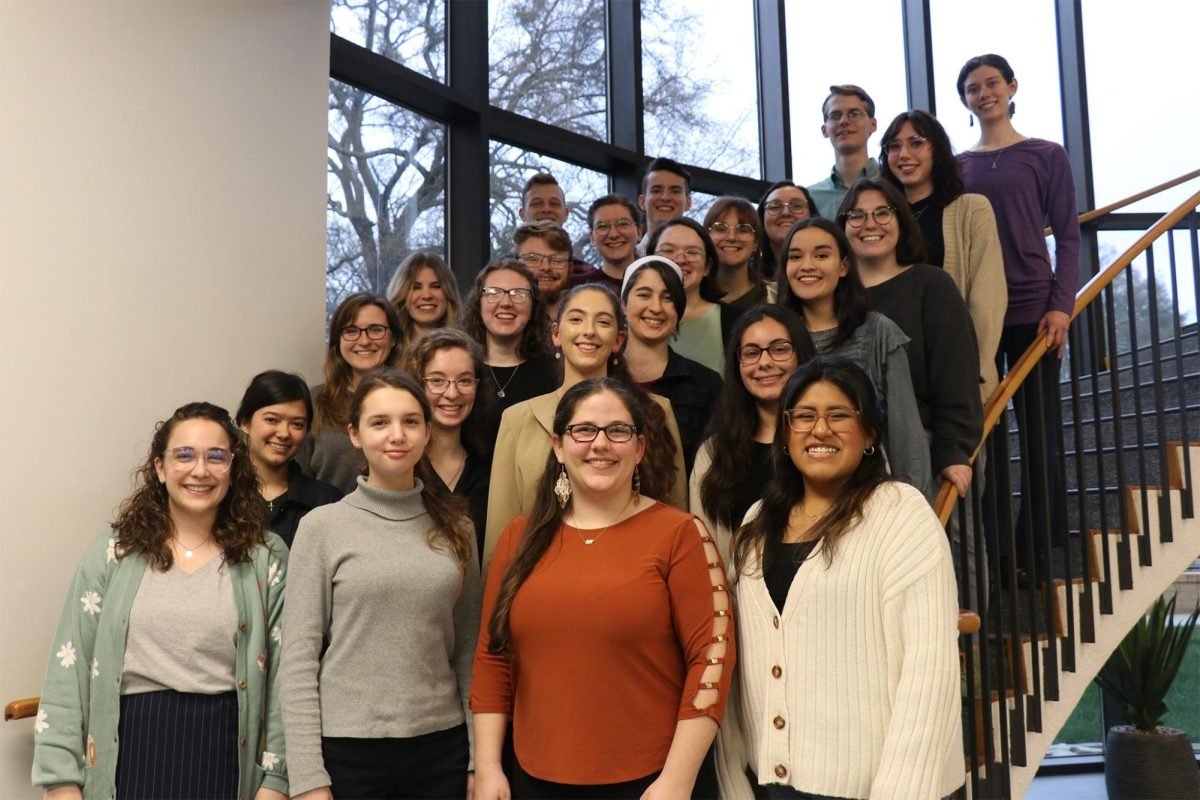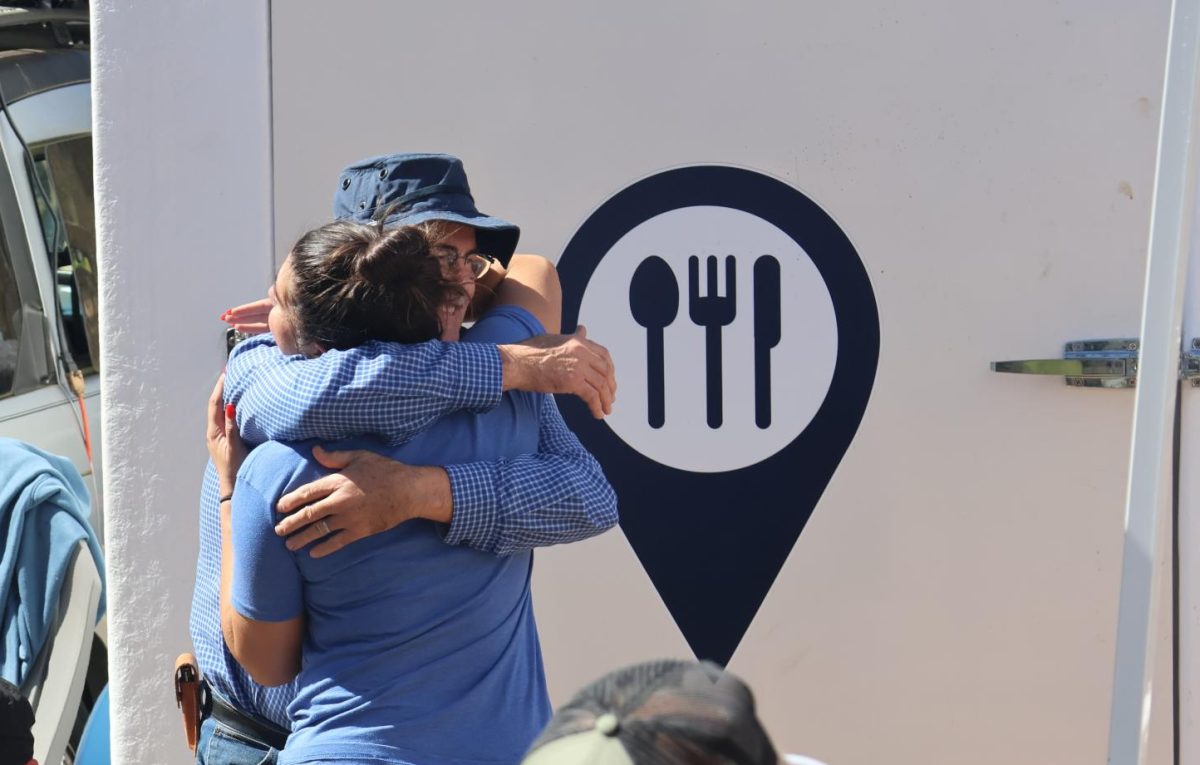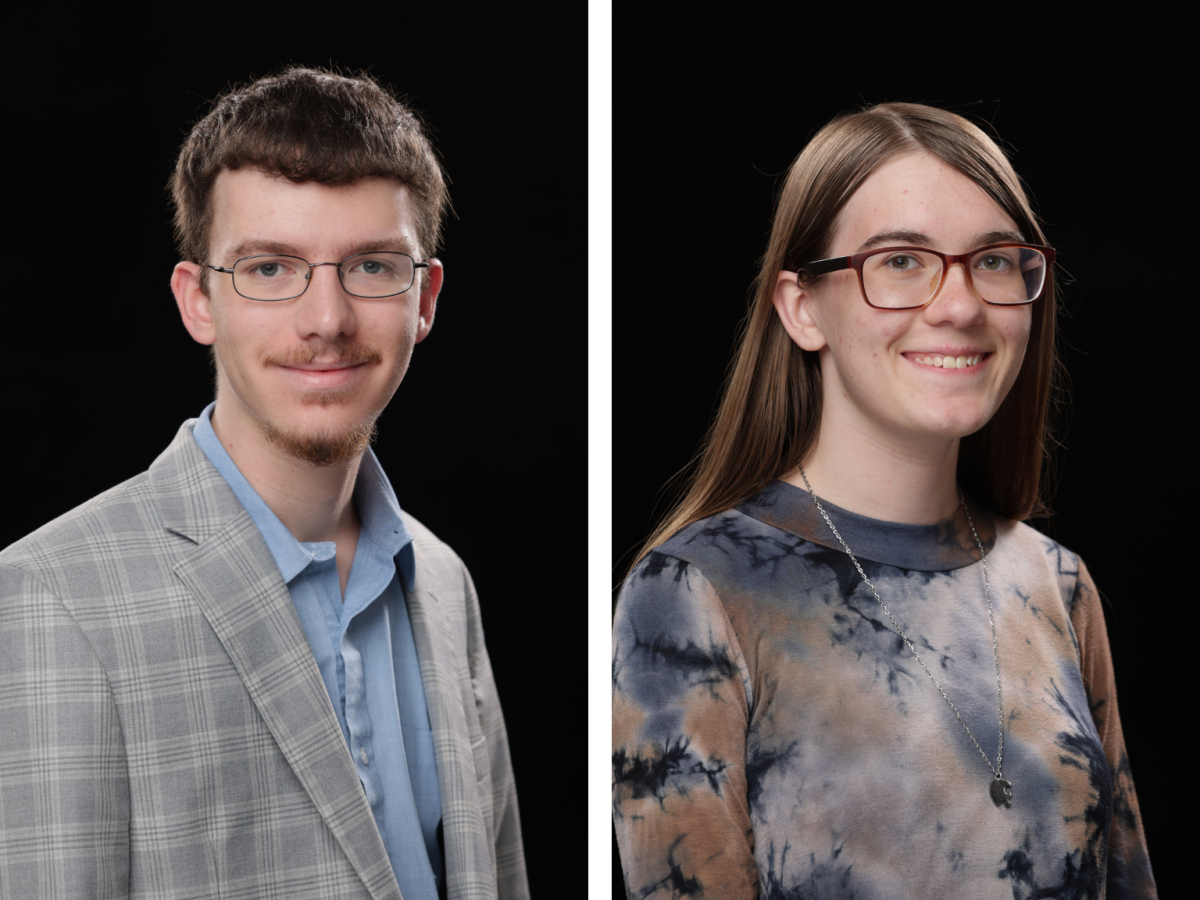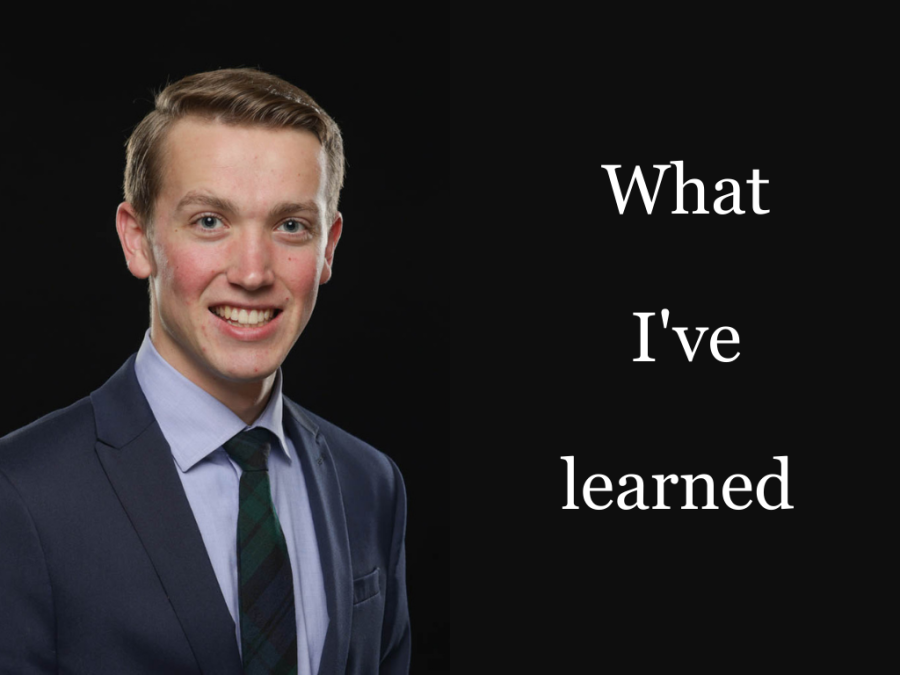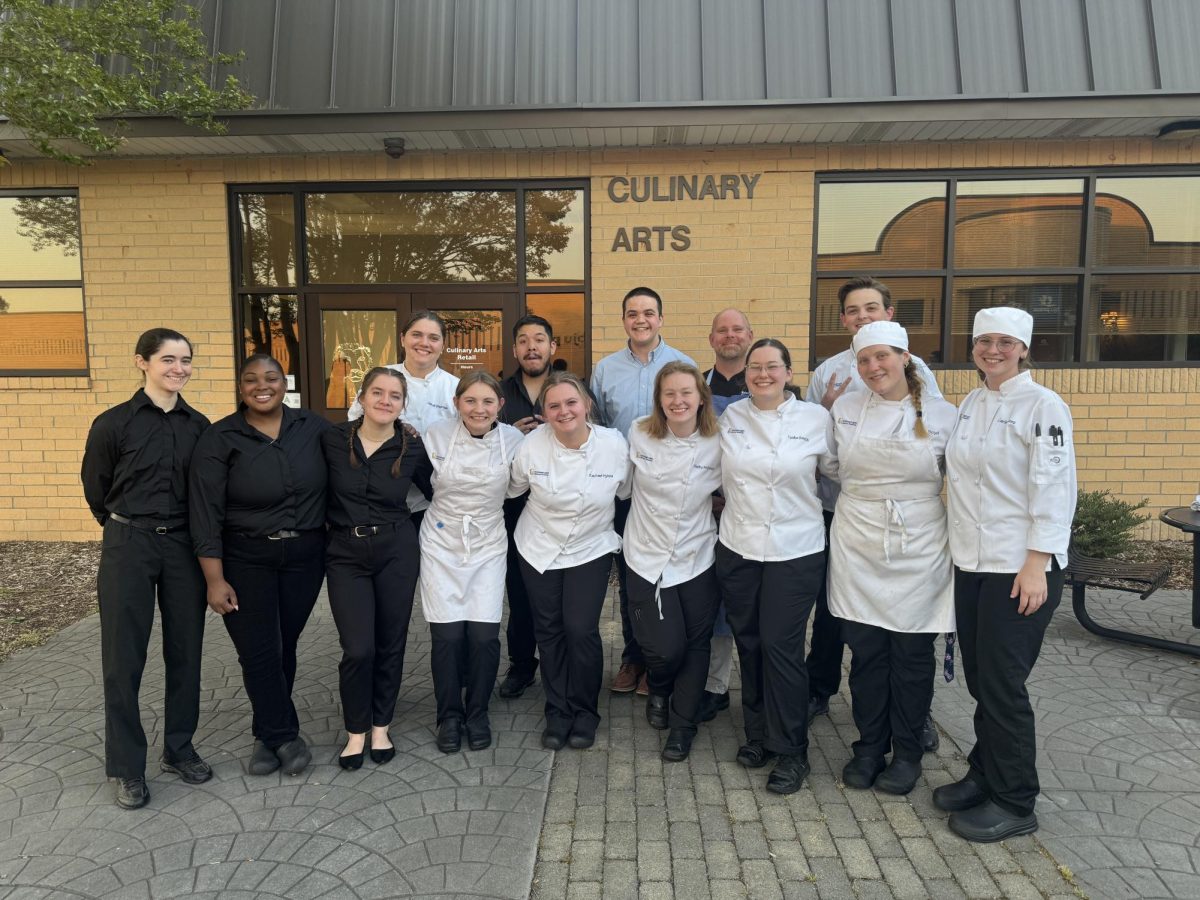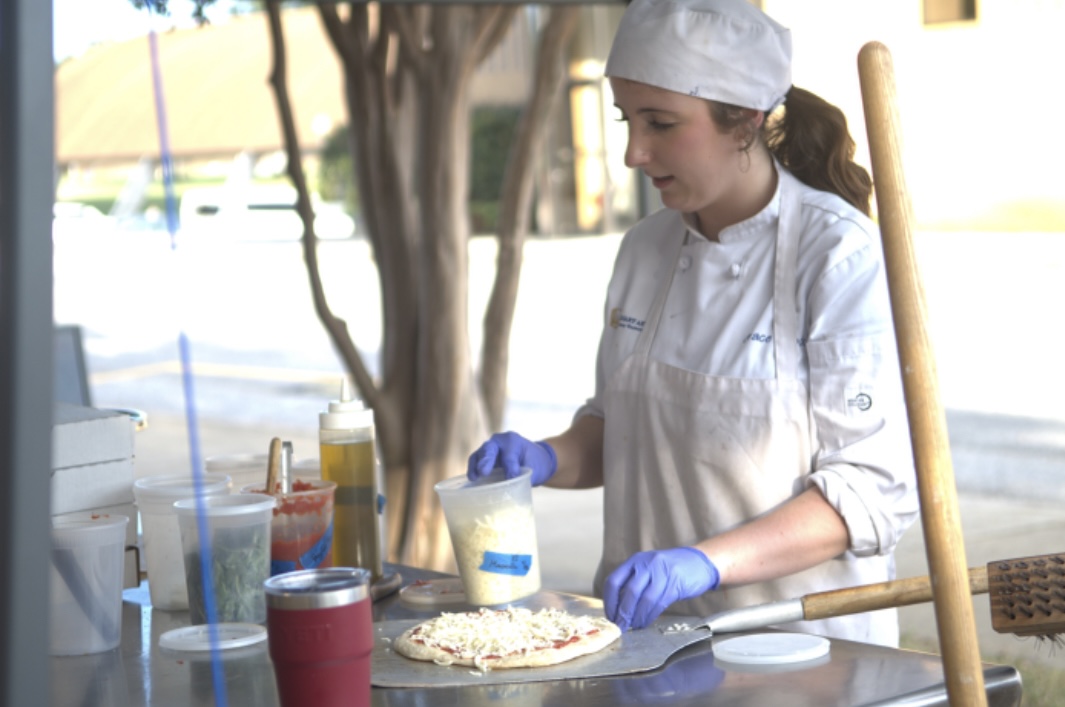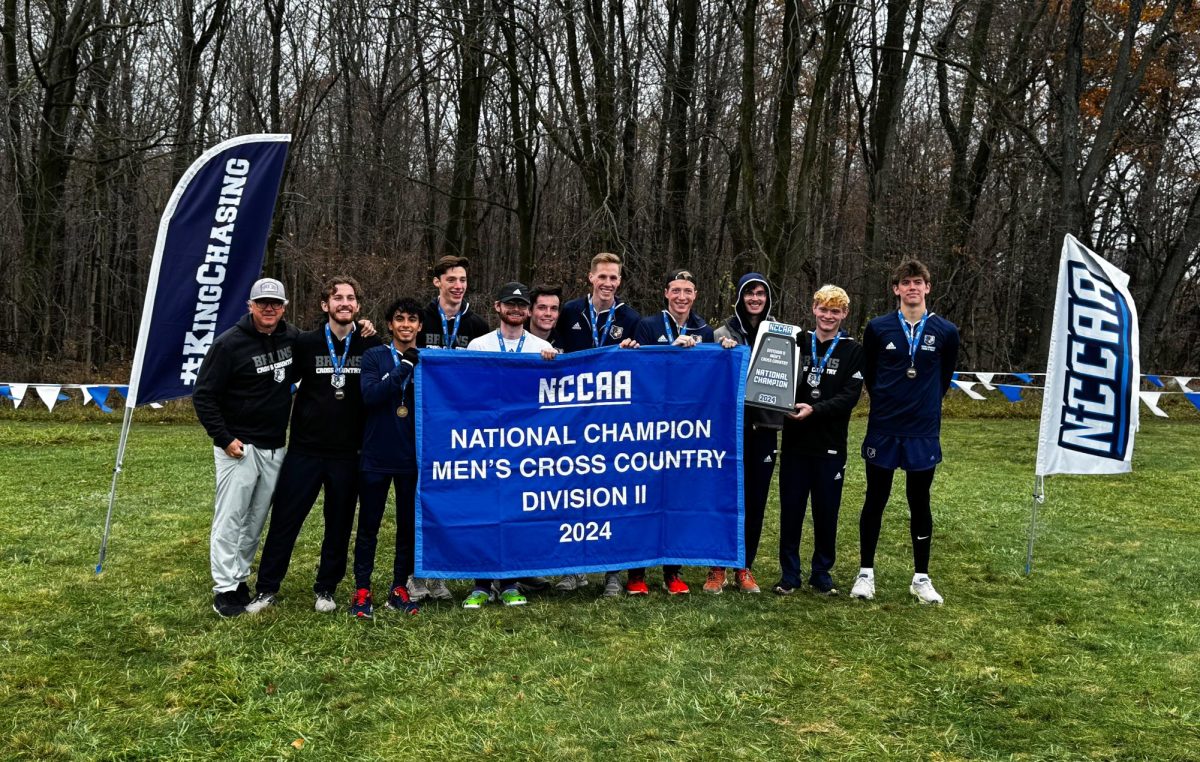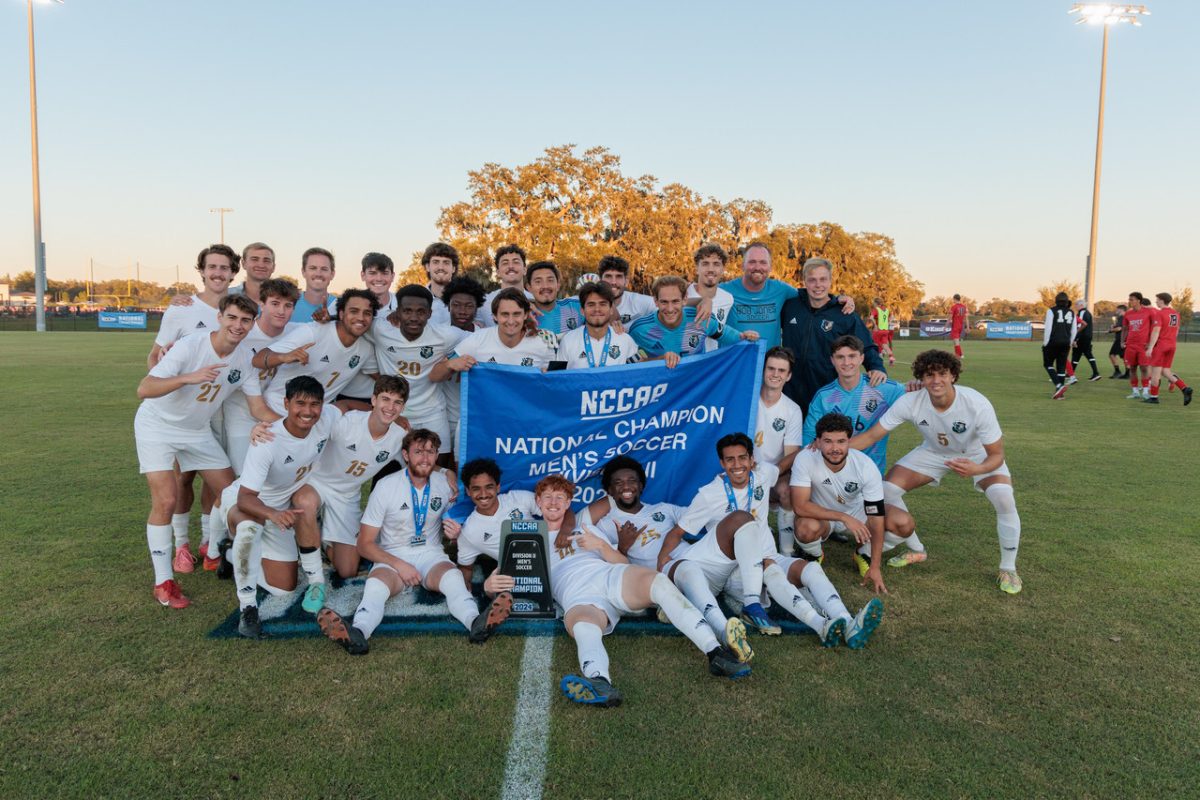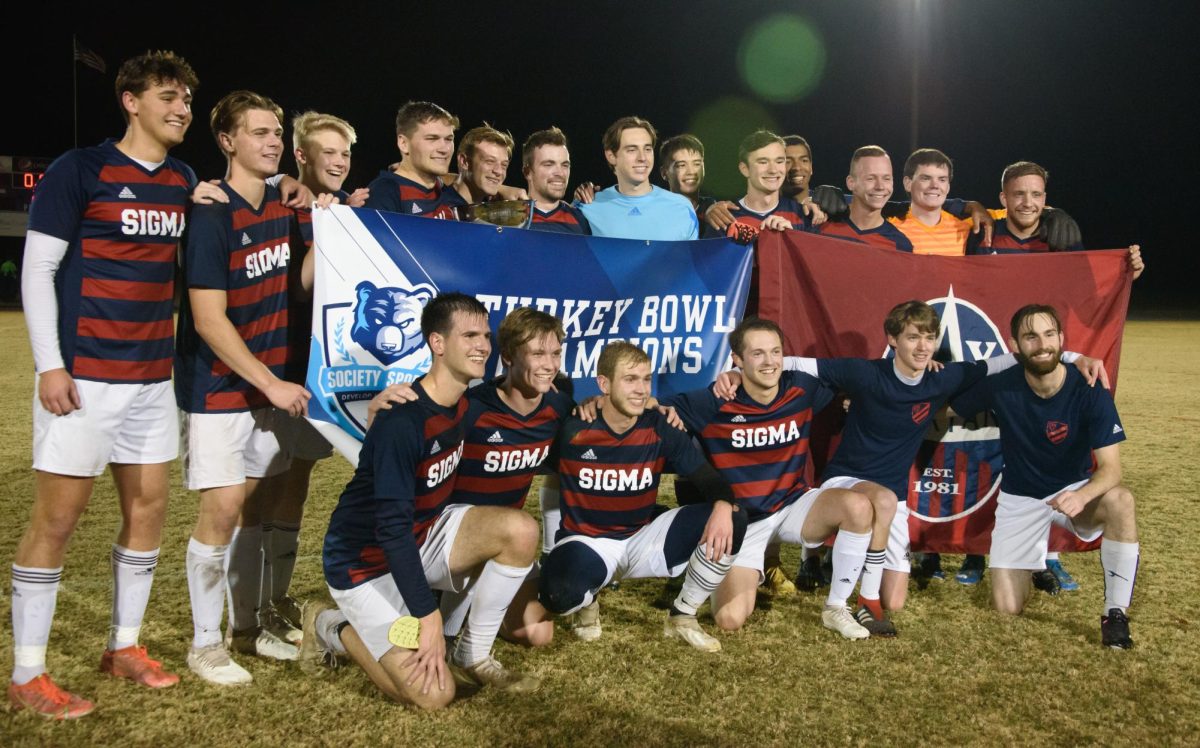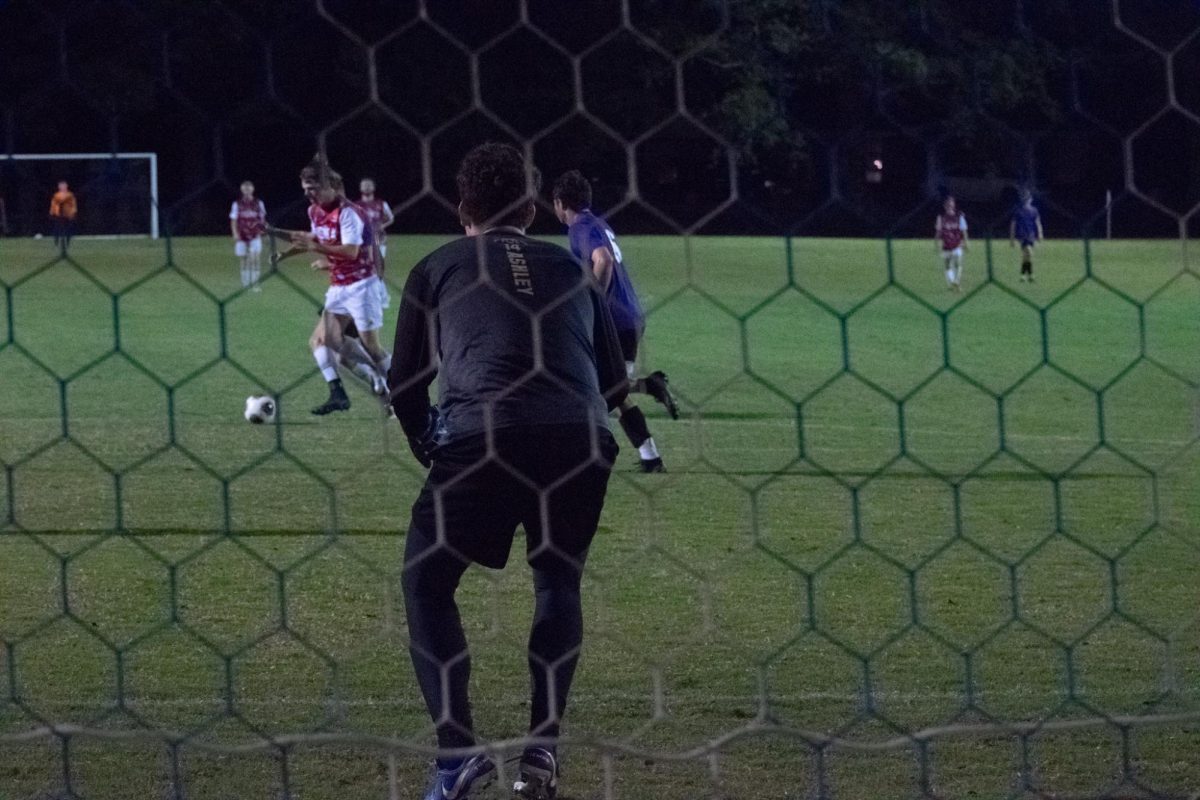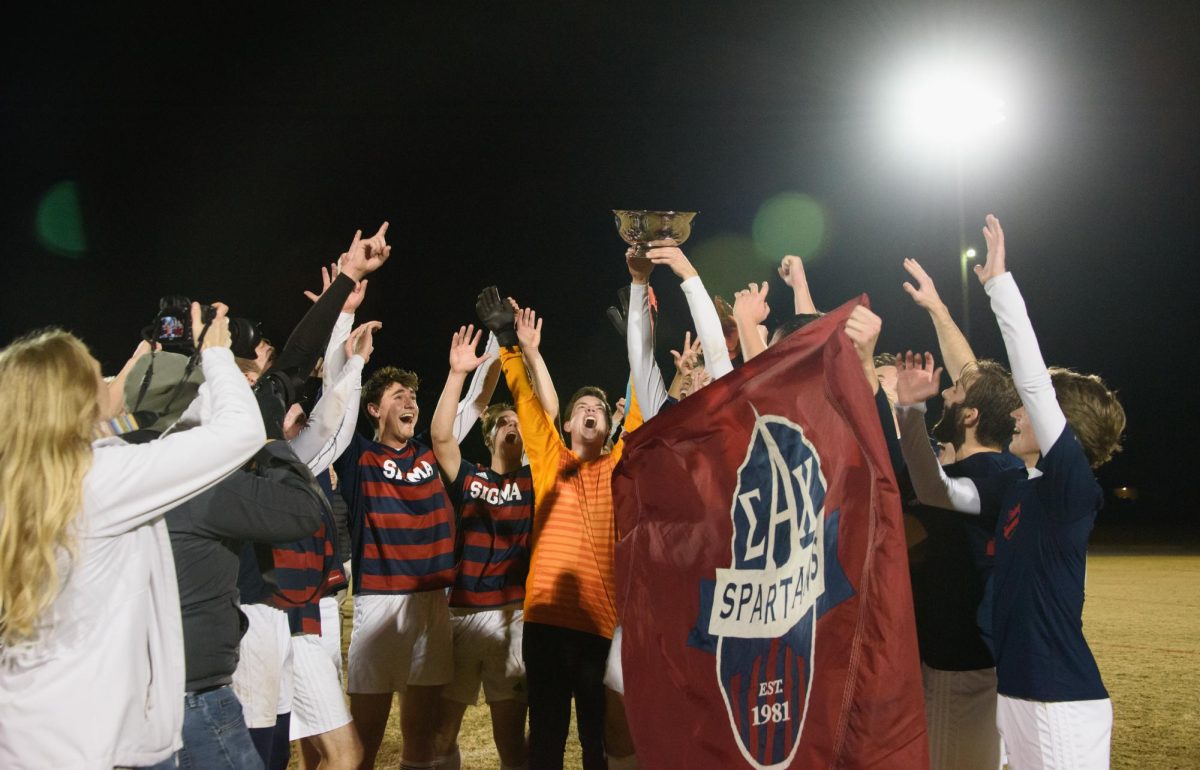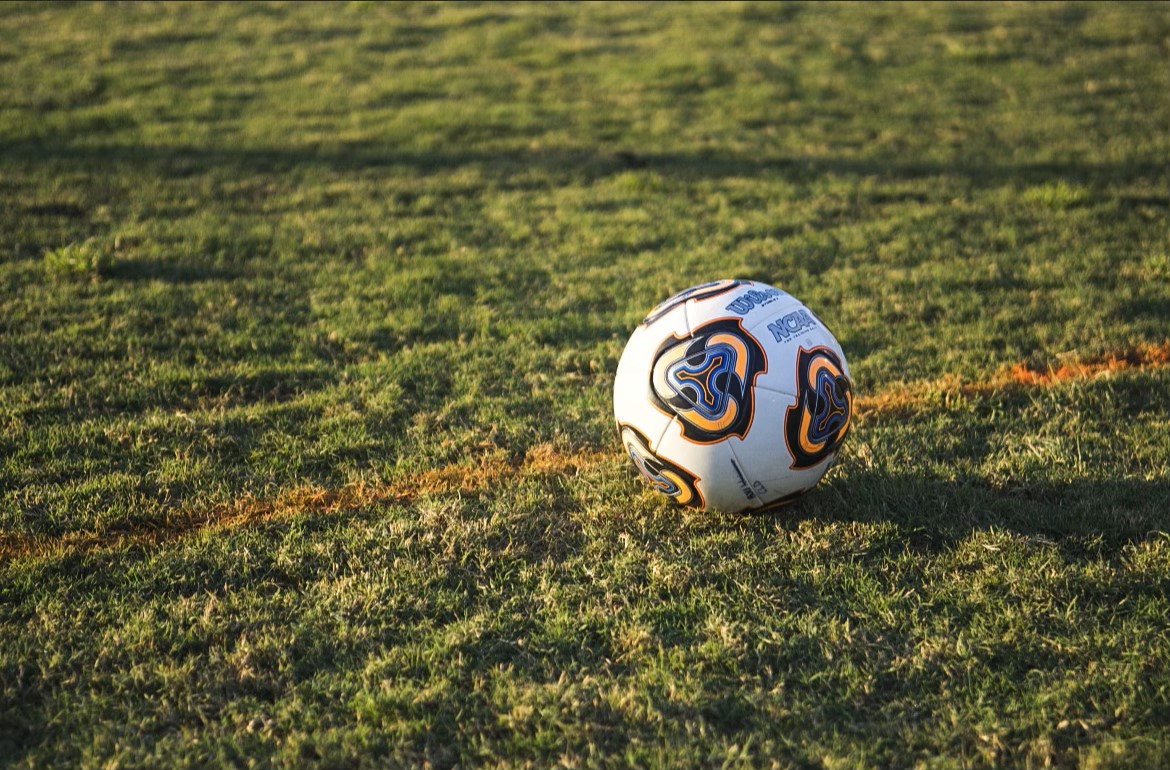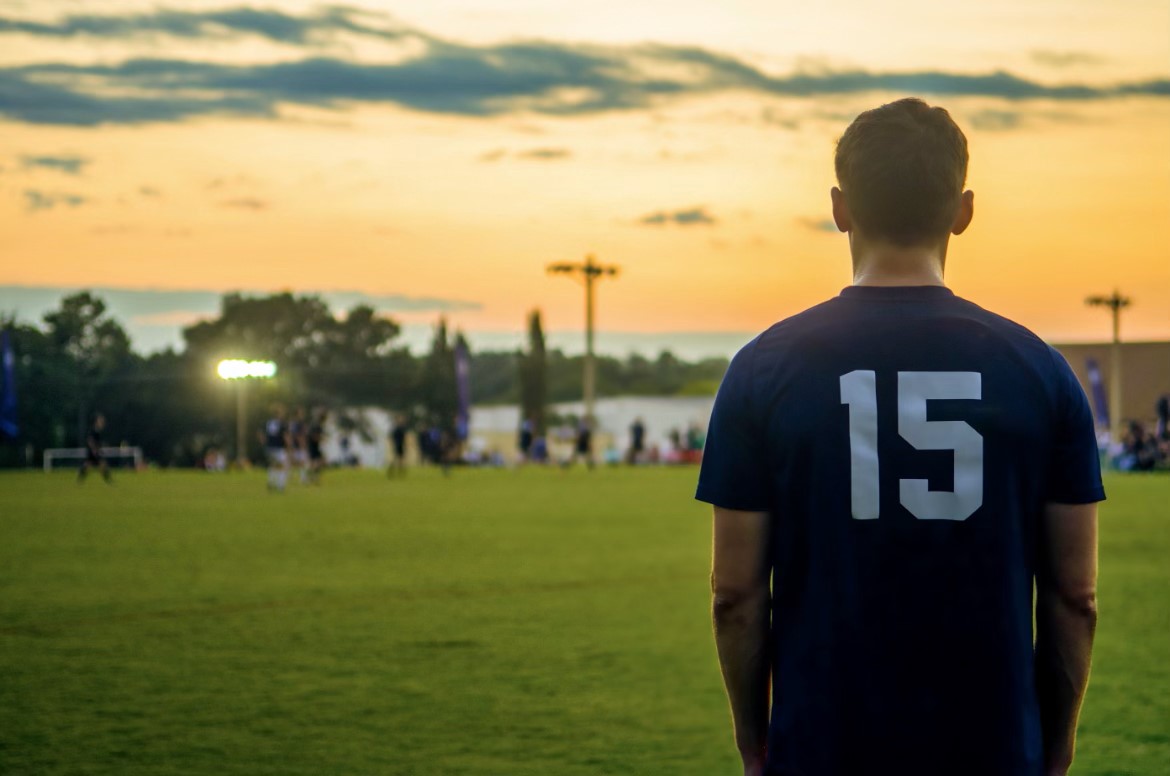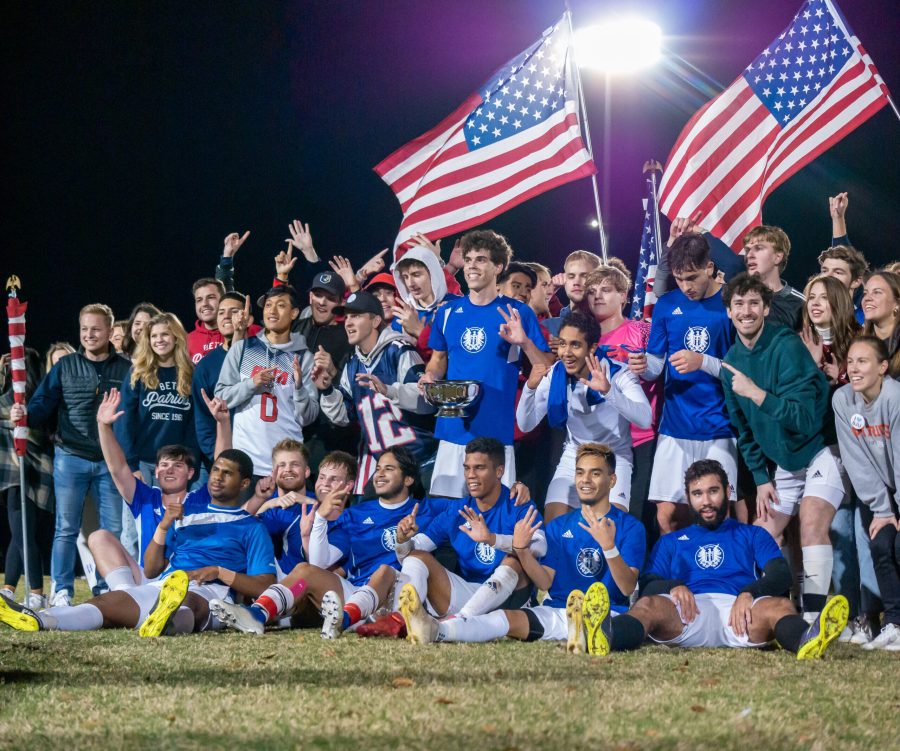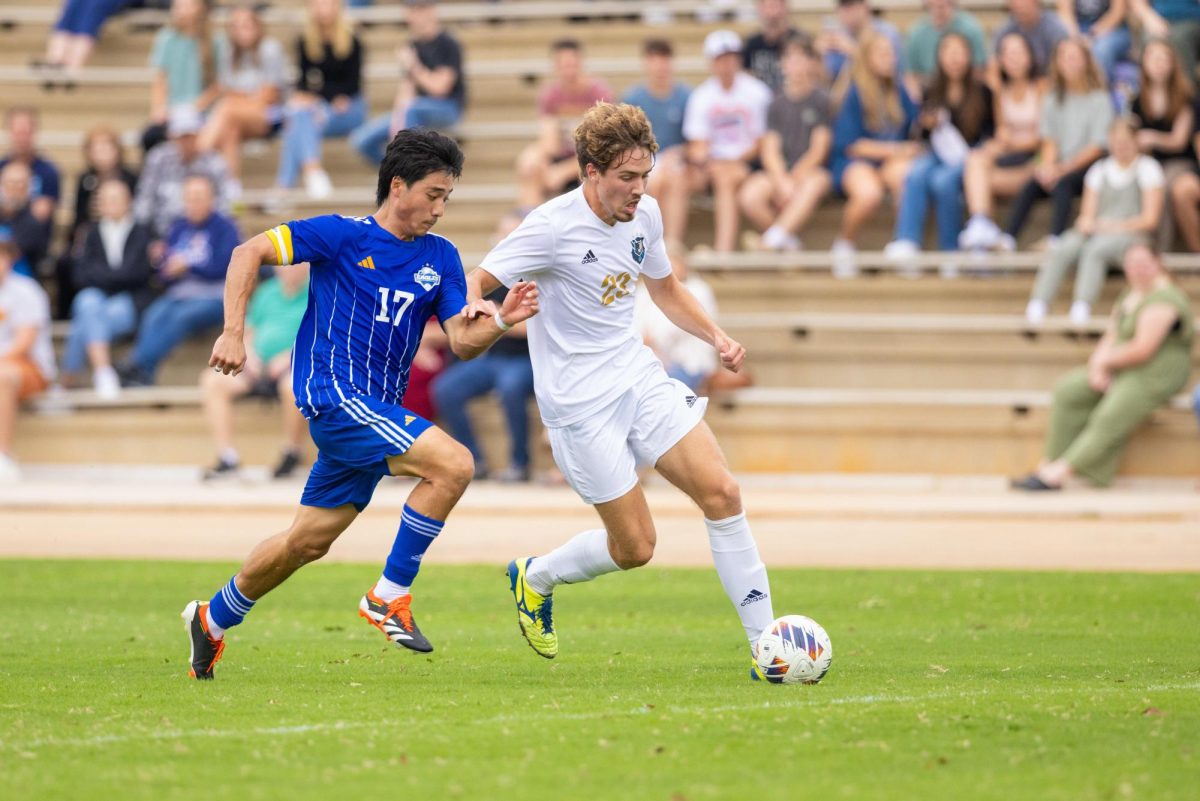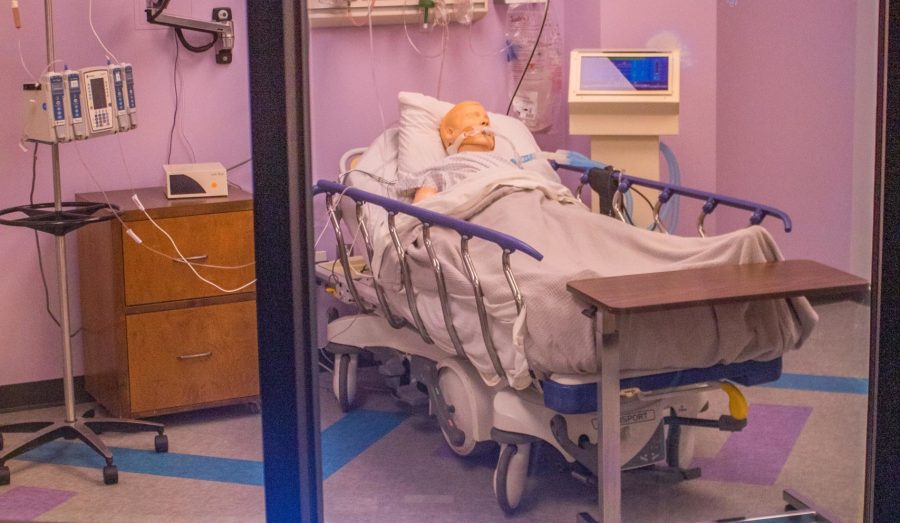Bob Jones University’s nursing simulation lab recently received provisional accreditation from the Society for Simulation in Healthcare.
This provisional accreditation lasts for two years, after which the nursing program intends to apply for full accreditation.
“It’s a stamp of approval, if you will, that the way the simulation is being performed is very high quality and that we’re using the best practices in performing the simulations that we do,” said Ramona Anest, the simulation program director and a faculty member in the Division of Nursing. “And that includes not just the storyline that we use for the manikin, but the training of the faculty that work with the simulation.”
The simulation lab itself includes four rooms with manikin patients as well as a control room where a faculty member operates the manikins, which can be remotely controlled. Students can interact with the manikins and check their vital signs, such as a heart rate and lung sounds.
Anest said the simulation lab allows students to benefit from seeing things they might not be able to see during clinicals due to timing or COVID-19.
For instance, one of the manikins in the simulation lab gives birth, which unlike a real birth can be easily scheduled for students to see and help with.
Another benefit of the simulation lab is that it allows students to practice more real-life scenarios.
Typically, for each simulation a couple of students take a turn working with the manikin while a couple of others observe them. This allows one group to practice and the other to observe and learn, according to Dr. Robin Vedders, a faculty member in the Division of Nursing who facilitates the simulation lab for the beginning nursing students.
Vedders said it’s important for students to be able to make mistakes and learn from them in the simulation lab, something they can’t afford to do once they enter the medical field.
Sophomore nursing major Emma Lynch said she appreciates the practice element of the simulation lab. “It’s a safe learning environment where we can practice communication and where there aren’t actual consequences when we do something wrong.”

